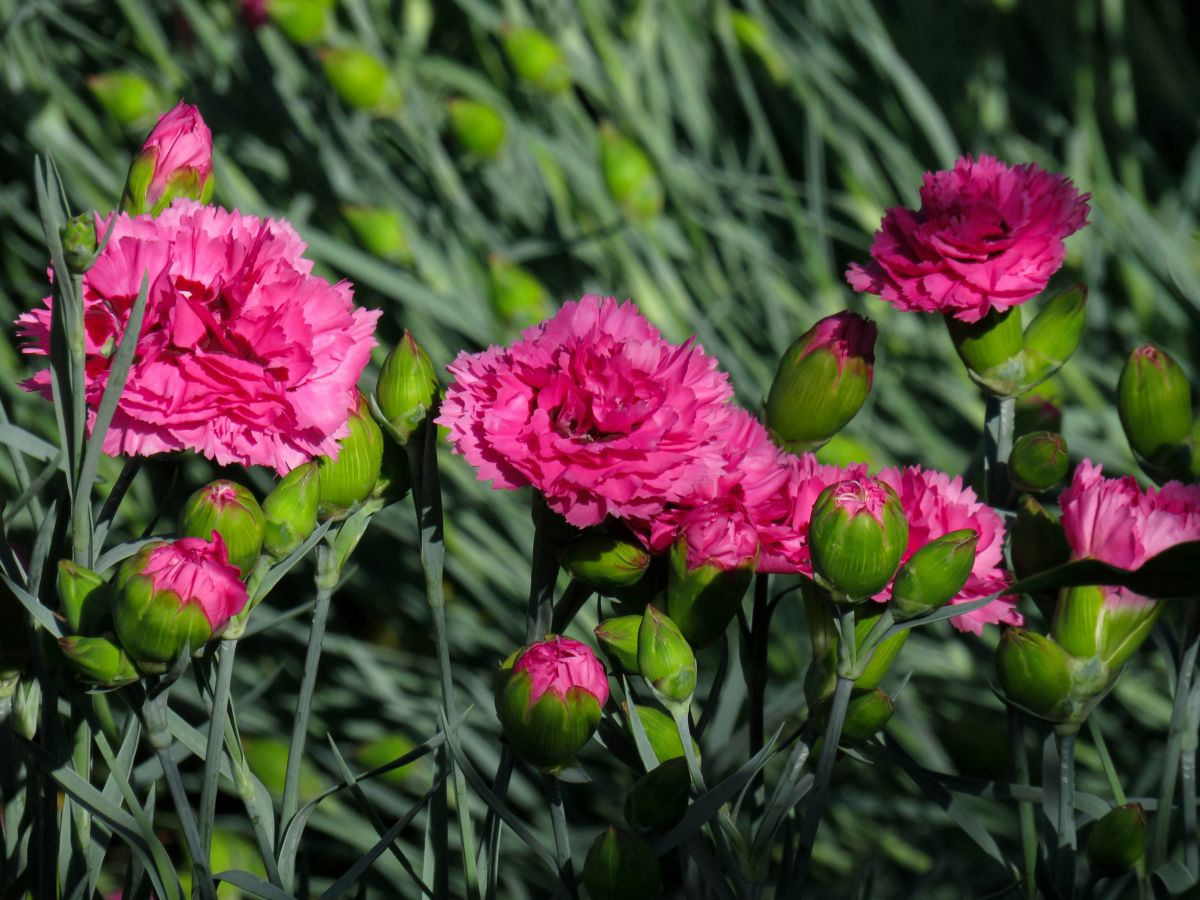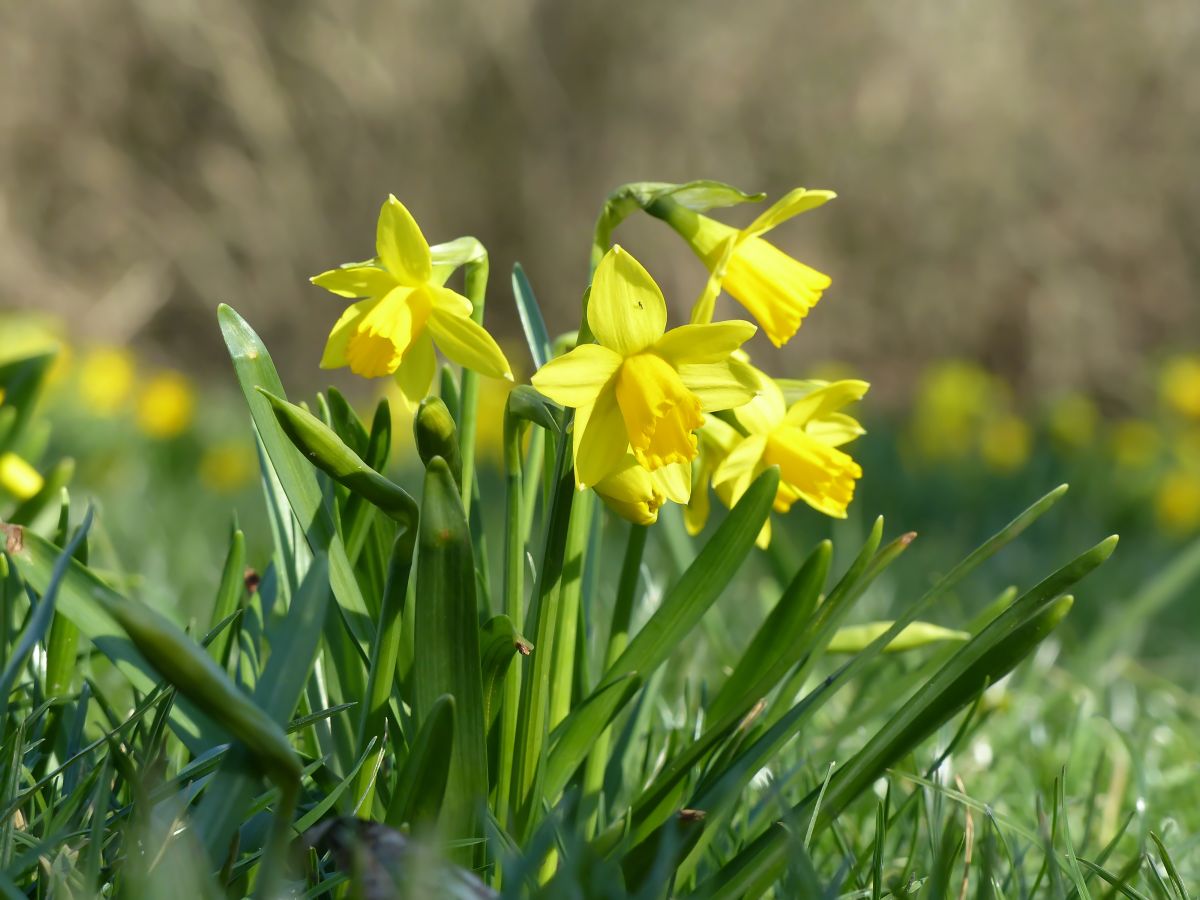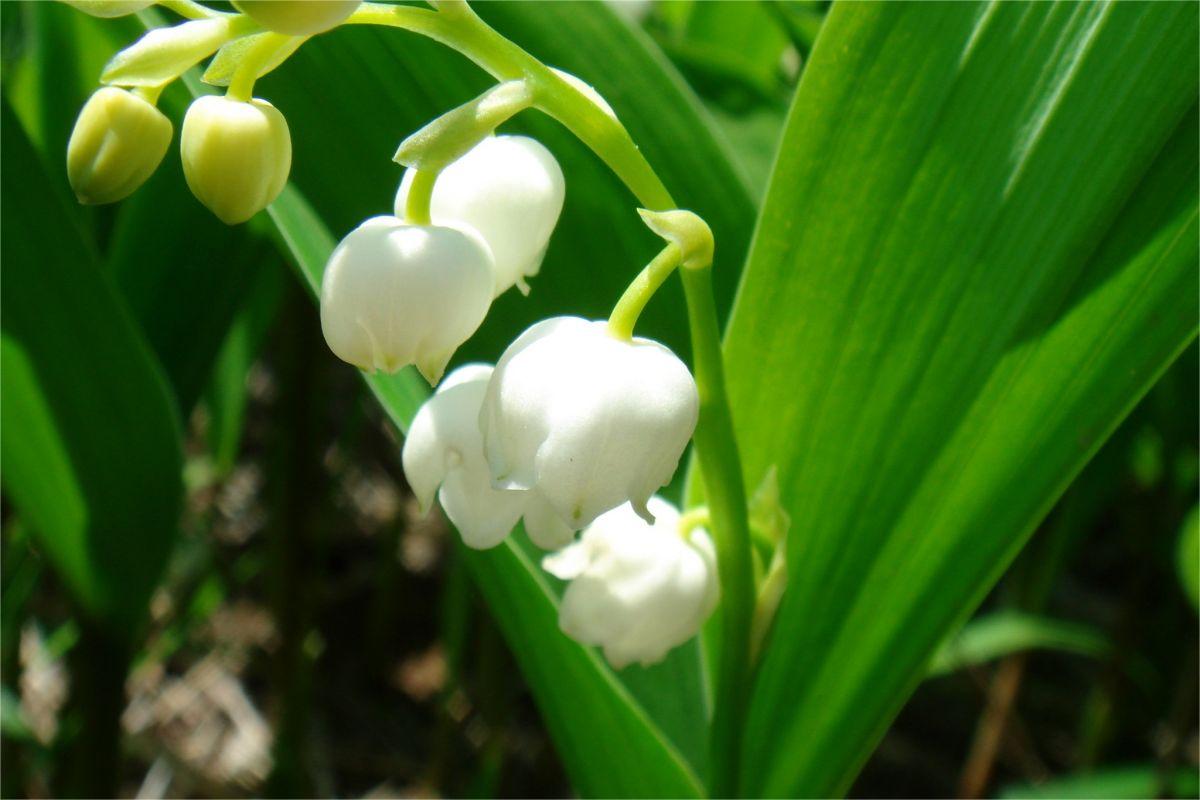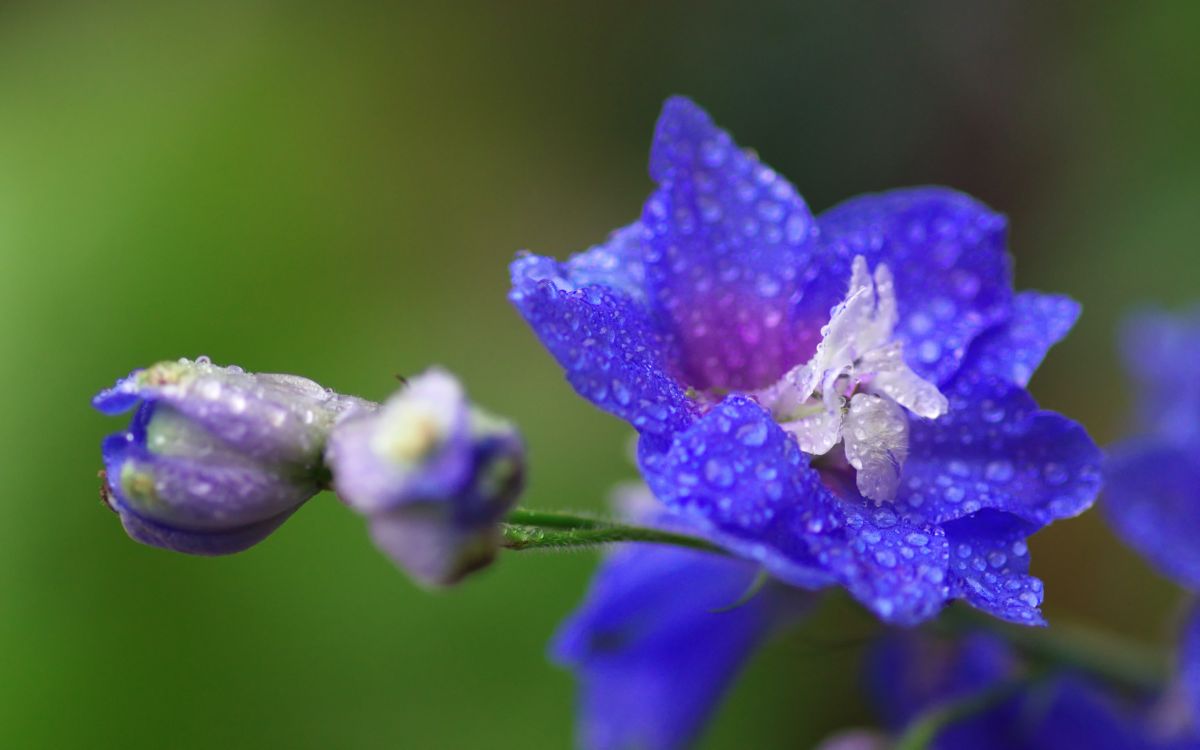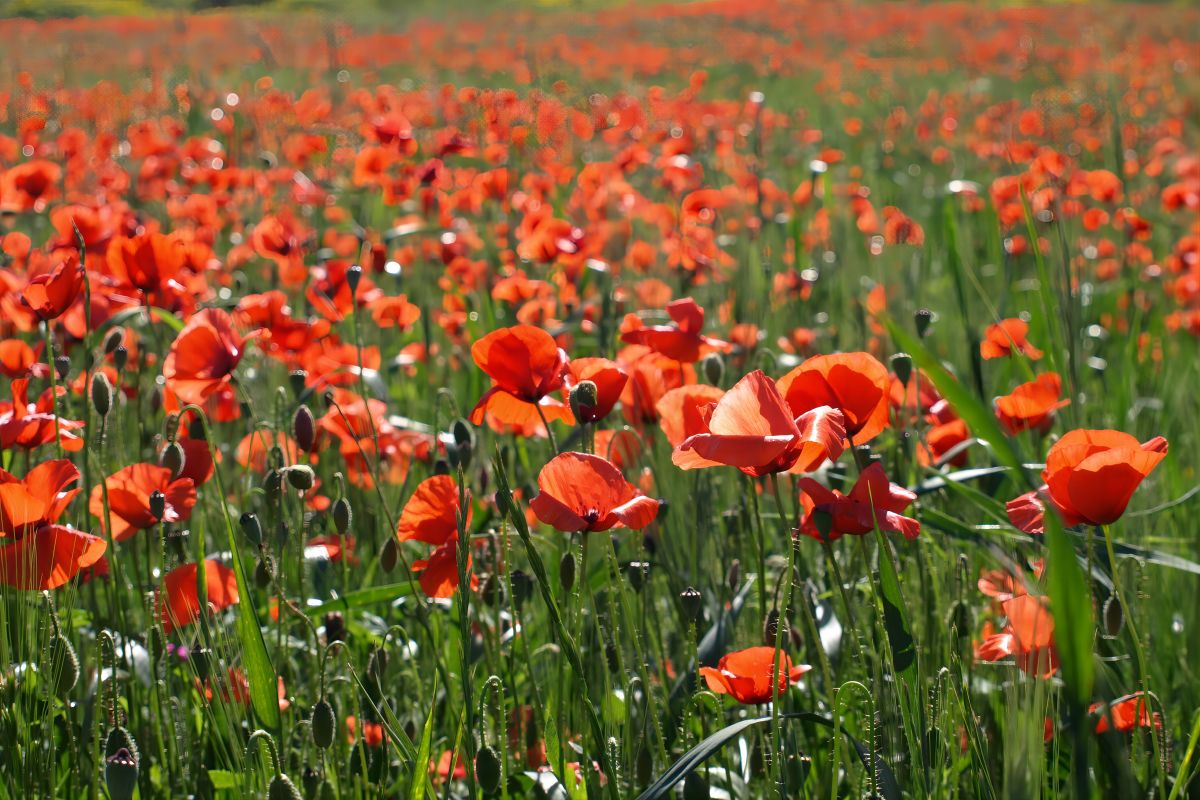January Birth Flower: Snowdrop
Snowdrop Features ❄️🌼
Snowdrop is a perennial herbaceous plant belonging to the Amaryllidaceae family. It is renowned for its pure white, drooping flowers, usually blooming in late winter or early spring. Snowdrop flowers are petite, typically reaching heights between 10-15 centimeters. Each flower has three inner petals and three outer petals, with the inner petals often bearing distinctive green markings.

History of Snowdrop
Snowdrops have a long history in Europe, especially in the United Kingdom and other Nordic countries. They are often considered a symbol of the end of winter and the arrival of spring. During the Victorian era, Snowdrops were widely cultivated and frequently appeared in art and literary works.
Flower Language and Symbolic Meanings
Snowdrops symbolize hope and purity. Blooming in the late cold winter, they represent vitality and unwavering spirits. They are also often used to symbolize new beginnings and the happiness of the future.
Snowdrop Varieties
Galanthus nivalis: The most common variety known for its pure white flowers.
Galanthus elwesii: Large-flowered snowdrop with relatively bigger blossoms.
Galanthus plicatus: Characterized by unique folds on its petals.
Snowdrop Care Tips
🌥️ Sunlight: Snowdrops prefer partial shade and can thrive under the canopy of trees.
💧 Watering: Keep the soil moist during the growing season but avoid waterlogging.
🌿 Soil: Suitable for well-drained soil with a neutral to slightly acidic pH.

Number 1 and Symbolism of Winter
Snowdrops, as the secondary birth flower for January, are closely associated with the late winter and the beginning of the new year. They symbolize new life and hope, foretelling the arrival of spring and the rejuvenation of nature.
Legends and Stories of Snowdrop
In some European legends, snowdrops are regarded as flowers that bring good luck and hope. It is said that snowdrops are transformed by a goddess from the snow, bringing the message of spring to the earth.
January Birthstone 💎 and Constellation
Birthstone: Garnet - Garnet symbolizes loyalty and courage, forming a wonderful resonance with the hope and purity symbolized by snowdrops. The combination creates a beautiful representation of loyalty and new beginnings.
Constellation: Capricorn - Capricorn emphasizes practicality and perseverance. This aligns with the symbolism of hope and purity conveyed by snowdrops, creating a delightful resonance.
Uses of Snowdrop
Gardening and Landscaping: Snowdrops are often used in winter gardens and natural landscapes, adding vitality to late winter scenery.
Floral Decorations: Due to their elegant and pure appearance, snowdrops are popular in floral design, especially in winter weddings and celebrations.
Frequently Asked Questions and Tips
How to cultivate snowdrops?
Plant bulbs in the fall, choose a semi-shaded location, and ensure well-drained soil.What is the propagation method for snowdrops?
Typically propagated through bulb division or natural seeding.Are snowdrops harmful to pets?
Yes, snowdrops are toxic to cats and dogs, so handling them with care is crucial.How to maintain the health of snowdrops?
Avoid excessive watering and fertilization, maintaining a natural growth environment.Can the flowers of snowdrops that have fallen be used in flower arrangements?
While uncommon, the flowers of snowdrops can be used in flower arrangements, especially suitable for small bouquets and floral artworks.
